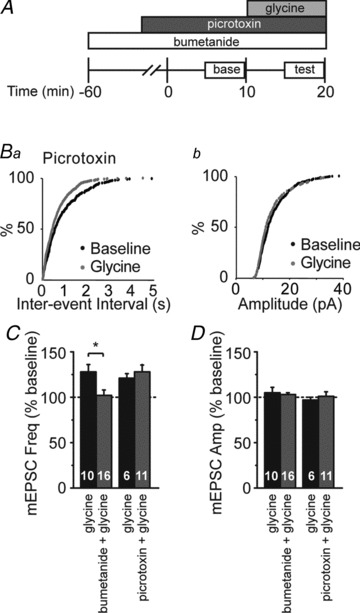Figure 4. Heteromeric GlyRs require a favourable Cl− gradient to promote neurotransmitter release.

A, schematic of experimental design. Antagonists were applied 20 min (picrotoxin) or 60 min (bumetanide) prior to beginning whole-cell recordings. After a 10 min baseline period, glycine was applied for 10 min. B, cumulative probability distributions of miniature excitatory postsynaptic current (mEPSC) frequency (Ba) and amplitude (Bb) following glycine application (1 μm). Glycine shortened inter-event interval, but not amplitude, in the presence of picrotoxin. C, averaged normalized mEPSC frequency demonstrating that pre-incubation with bumetanide (10 μm) blocked facilitation by glycine (1 μm), whereas pre-incubation with picrotoxin (50 μm) had little effect on glycine-induced increase in mEPSC frequency. Asterisks denote significance (P < 0.05). D, averaged normalized data demonstrate that no significant changes in mEPSC amplitude were observed with any of the pharmacological manipulations. Sample sizes in C and D are given within the bars. The mEPSC frequencies and amplitudes were normalized to the averaged baseline levels before acute drug application.
